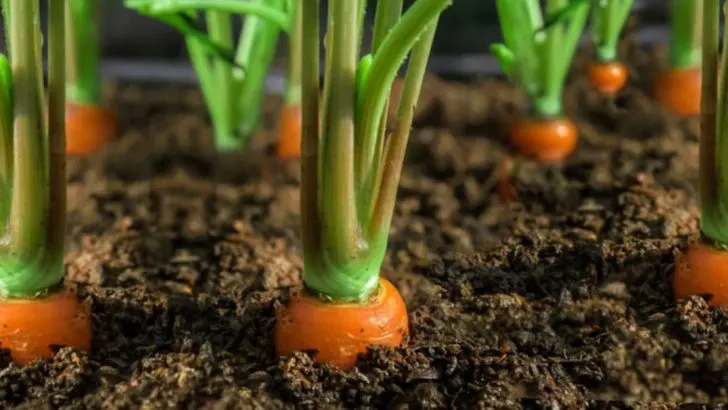Think it’s too late to plant your veggie garden? Think again. Late spring may seem like you’ve missed the boat, but it’s actually a perfect time to direct sow a wide range of fast-growing, heat-tolerant vegetables that thrive in the warmer soil and longer days.
Whether you got a late start, had a rough early season, or just found a bit of extra garden space, there are still plenty of delicious crops you can sow directly into the ground without needing to transplant. From leafy greens and root veggies to beans, squash, and even melons, you’d be surprised by how much bounty you can still grow.
In this list, we’ll share 17 vegetables that are not only easy to sow late, but will also reward you with a harvest in summer and beyond. Plus, we’ll offer tips on watering, spacing, and how to beat the heat for optimal growth.
Radishes

With their peppery bite and crisp texture, radishes add zest to any salad. These small root vegetables are known for their rapid growth, making them a perfect choice for late spring planting. Radishes offer a rewarding experience for those seeking quick results. Sow them directly into well-draining soil and watch as they transform your garden into a lively display of greenery. Their vibrant red and white roots are not only visually appealing but also packed with nutrients, providing a healthy crunch to your meals. Consider companion planting with carrots to optimize space.
Beets

Beets bring a splash of color and earthy sweetness to your dishes. Direct sowing in late spring allows these hardy vegetables to flourish. Their deep red roots and vibrant greens offer dual-purpose delights, usable in salads and sautés. As they grow, beets develop a robust flavor profile, perfect for roasting or juicing. Ensure the soil is rich and loose to encourage root expansion. Be mindful of spacing, as beets need room to grow strong and healthy. Their versatility in the kitchen makes them a staple for any garden.
Carrots
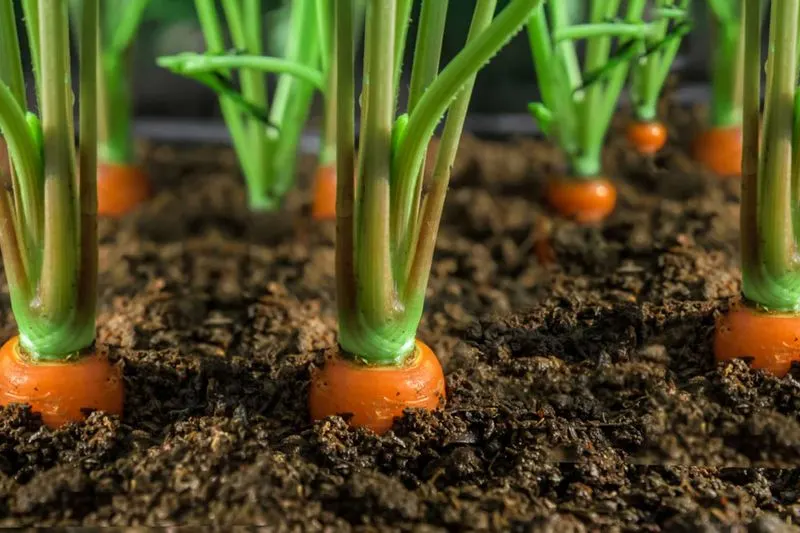
Carrots, with their sweet and earthy flavor, are a garden favorite that can be directly sown in late spring. These root vegetables thrive in loose, sandy soil where they have space to stretch their roots without obstruction. As the tiny shoots emerge, ensure consistent watering to promote even growth. Carrots are not just delicious; their vibrant orange hue signals a high beta-carotene content, essential for good vision. Whether eaten raw, roasted, or juiced, they add nutritional value to your diet. Consider planting with onions to deter pests.
Lettuce
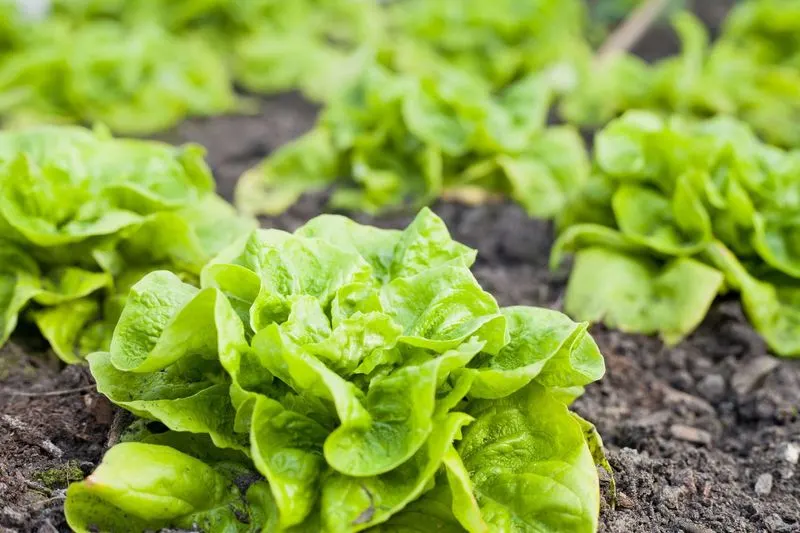
Lettuce is a staple for fresh salads, offering a range of textures and flavors. Late spring is an ideal time to sow these seeds directly into your garden. Lettuce prefers cooler temperatures, so planting now ensures a steady supply before the summer heat sets in. Keep the soil consistently moist and provide a bit of shade to encourage tender growth. Whether you choose crisp romaine or buttery Bibb, each variety brings its unique flair to your meals. Harvest leaves as needed, and enjoy their refreshing crunch.
Spinach
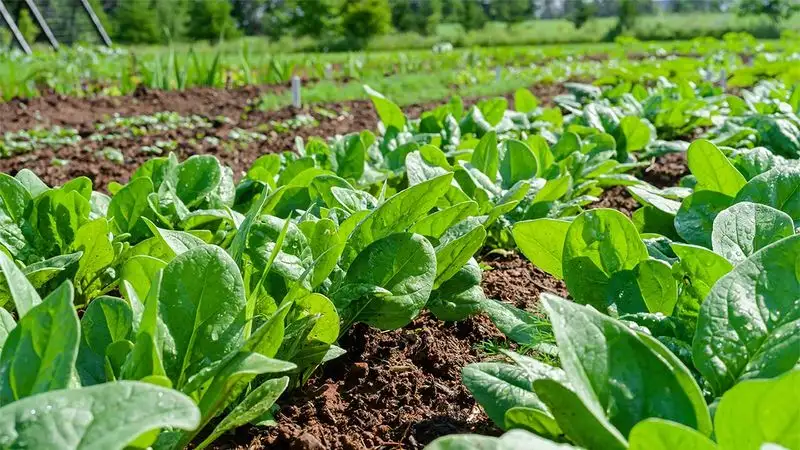
Spinach offers a nutrient-packed addition to your meals, rich in iron and vitamins. Direct sowing in late spring allows for a quick harvest, as spinach thrives in cool weather. Ensure your soil is fertile and well-draining to support healthy leaf production. As seedlings sprout, thin them to provide space for larger leaves. Spinach’s tender, dark green foliage is perfect for salads, smoothies, or steaming. Its versatility and health benefits make it a must-have in any garden. Pair with strawberries for a delightful flavor contrast.
Swiss Chard
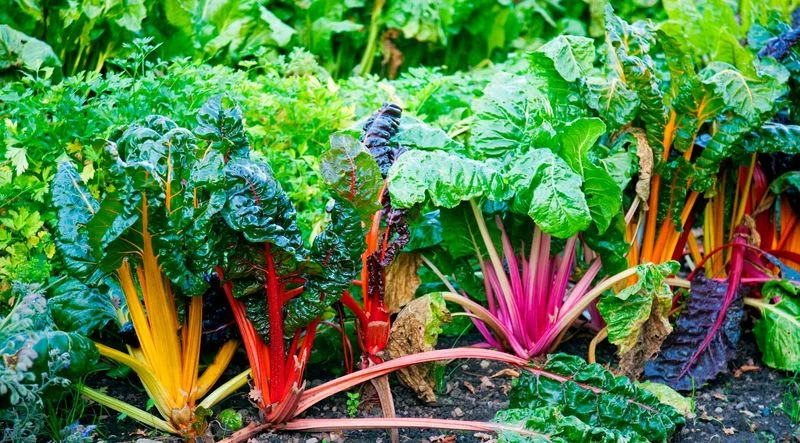
Swiss chard boasts striking stems of red, yellow, and white, adding visual interest to your garden. These greens can be sown directly in late spring, offering a long-lasting harvest. Swiss chard’s mild flavor and tender leaves make it a versatile choice for cooking, sautéing, or fresh salads. The plant’s hardy nature ensures it thrives even in less-than-ideal conditions. As a bonus, its colorful appearance can deter certain pests. Regular harvesting of outer leaves encourages continual growth, giving you a steady supply all season.
Turnips
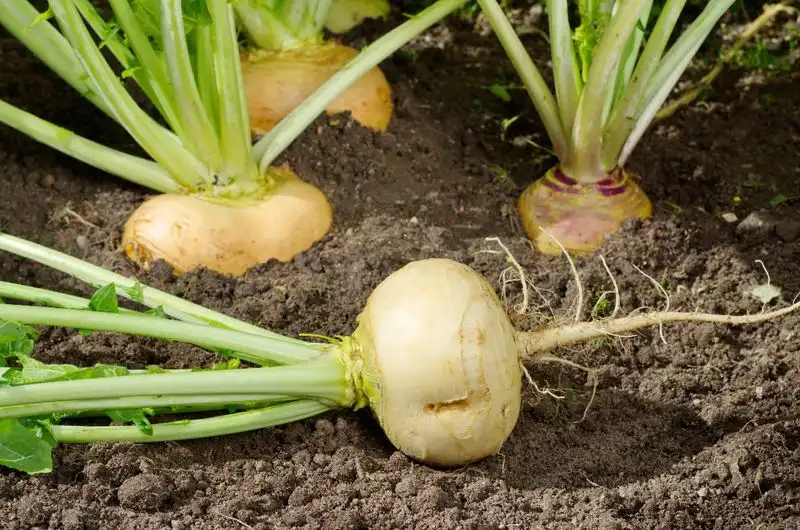
Turnips, both the roots and greens, provide a nutritious boost to your garden’s offerings. These vegetables are well-suited for direct sowing in late spring, thriving in cool soil. As they grow, turnips develop a subtly sweet flavor, perfect for roasting or mashing. Their greens can be used like spinach, adding a peppery note to dishes. Ensure ample spacing to accommodate their round roots. Turnips enrich your garden with their dual-purpose nature and are a fantastic addition to any meal, offering variety and nutrition.
Kale
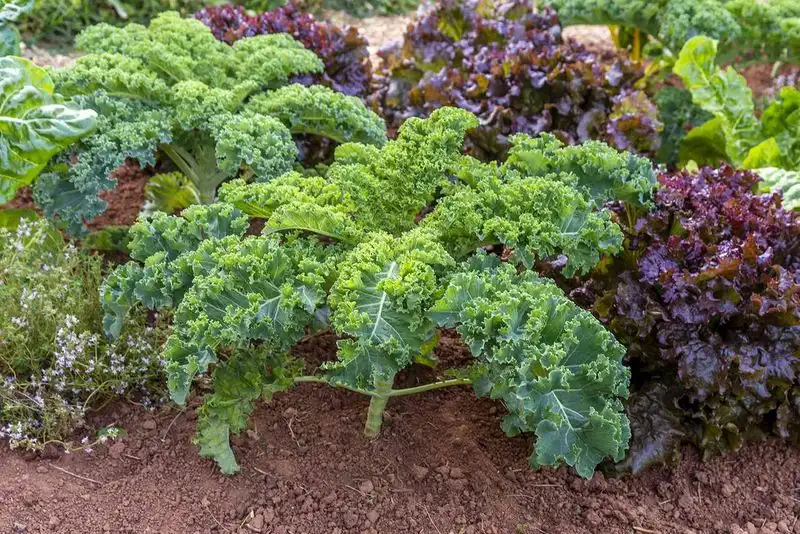
Kale is praised for its rich nutritional profile, offering vitamins and antioxidants aplenty. Direct sowing in late spring allows it to establish before summer’s heat. Kale’s robust leaves are perfect for salads, soups, or smoothies. As seedlings appear, thinning ensures room for leafy growth. Consistent watering and well-draining soil will encourage a bountiful harvest. Its resilience makes kale an excellent choice for beginner gardeners, providing a reliable crop with minimal fuss. The deep green leaves are as attractive as they are nutritious.
Collard Greens
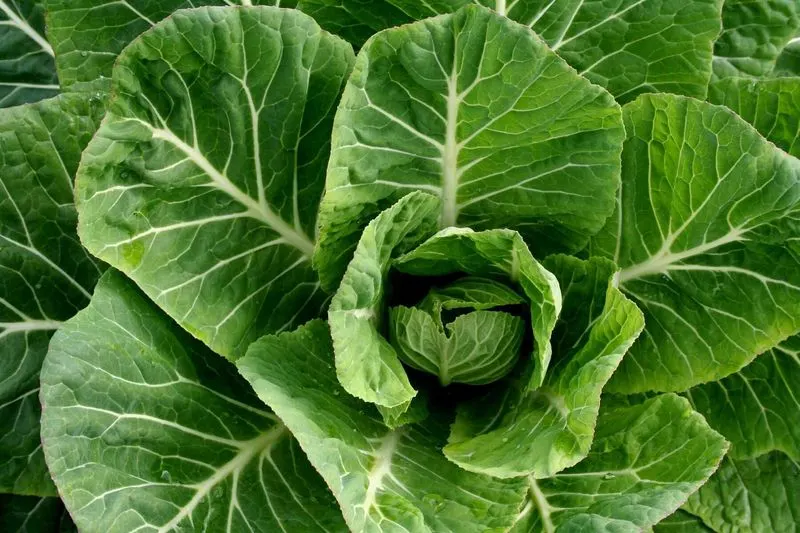
Collard greens offer a southern charm and hearty texture to your meals. These robust plants are ideal for direct sowing in late spring, thriving in well-draining soil. Their large, dark green leaves are perfect for stews or as a wrap alternative. As they mature, collard greens develop a mild, slightly bitter taste that mellows with cooking. Regular harvest of the outer leaves promotes continuous growth. Their resilience against pests and diseases makes them a staple for any gardener seeking reliable greens year-round.
Zucchini
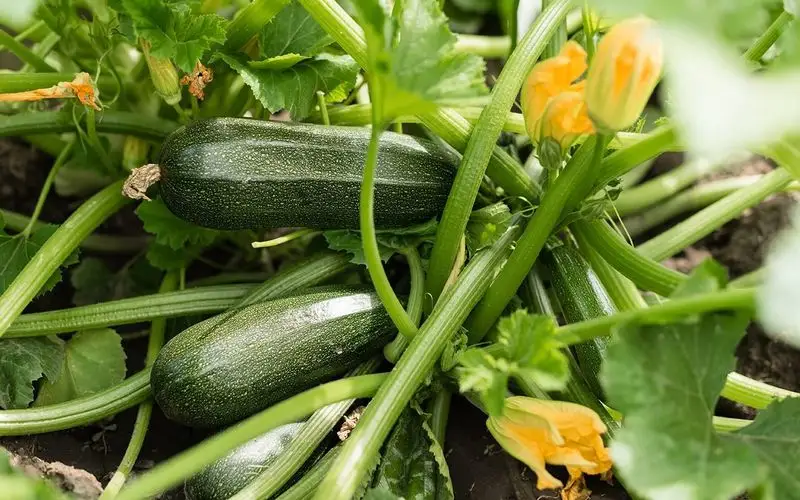
Zucchini, known for its prolific nature, can transform your garden with its abundant yield. Late spring is an ideal time for direct sowing, as warm soil accelerates growth. Zucchini thrives in sunny spots with well-draining soil, producing tender green or yellow fruits. Regular harvesting encourages more fruiting, providing a continuous supply for grilling, baking, or spiralizing into noodles. Its mild flavor pairs well with various dishes, making zucchini a versatile addition. A single plant can supply a family with ample produce all season long.
Cucumbers
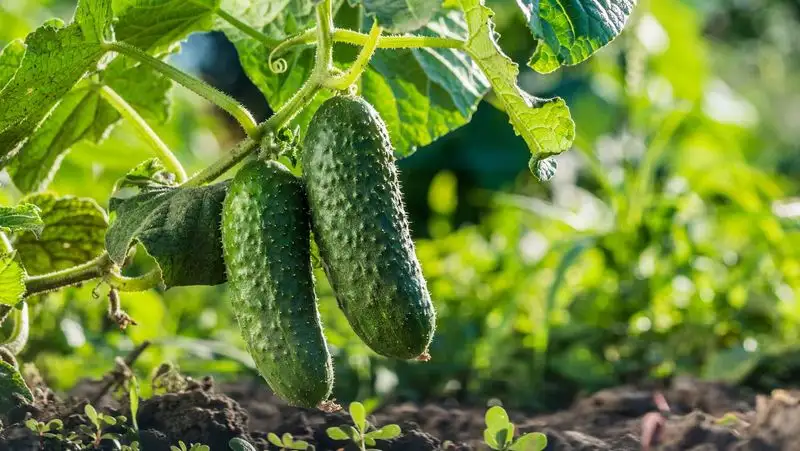
Cucumbers offer a refreshing crunch and hydrating boost to your summer dishes. Direct sowing in late spring is ideal as the soil warms up, ensuring vigorous growth. Cucumbers need plenty of sun and support for their climbing vines, making trellises a helpful addition. As they grow, the crisp cucumbers are perfect for salads or pickling. Maintaining consistent moisture and spacing helps maximize yield. Their refreshing taste and versatility in the kitchen make cucumbers a gardener’s favorite, adding a cool delight to your meals.
Bush Beans
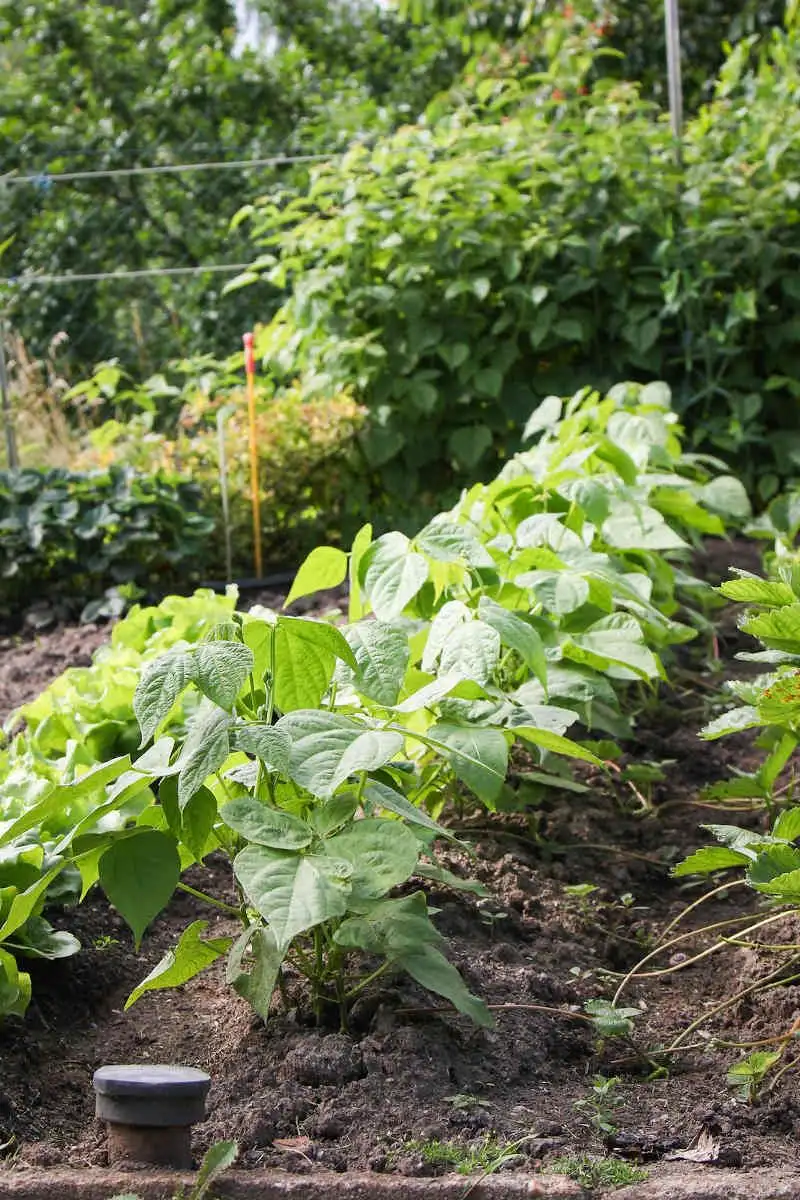
Bush beans stand out for their ease and abundance, offering a solid choice for direct sowing in late spring. These compact plants produce crisp, tender pods perfect for fresh eating, steaming, or canning. Bush beans prefer full sun and well-drained soil to thrive. Harvesting regularly encourages more pod production, providing a steady supply of beans. Their manageable size makes them ideal for small gardens or container planting. Whether you’re adding them to stir-fries or salads, bush beans bring flavor and nutrition to your table.
Corn
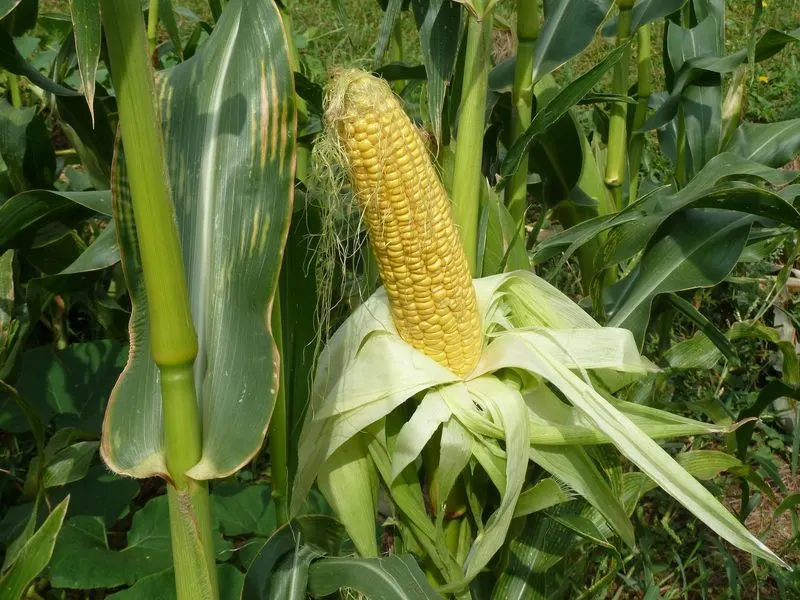
Corn, with its sweet kernels, is a summer staple that thrives from late spring sowing. This tall crop requires ample space and sunlight to reach its full potential. Planting in blocks rather than rows aids in wind pollination crucial for kernel development. As stalks grow, ensure consistent watering to support their towering height. Corn’s sweet flavor enhances any barbecue or picnic, whether grilled or boiled. Keep an eye out for pests, and enjoy the satisfaction of harvesting fresh ears from your garden.
Pumpkins
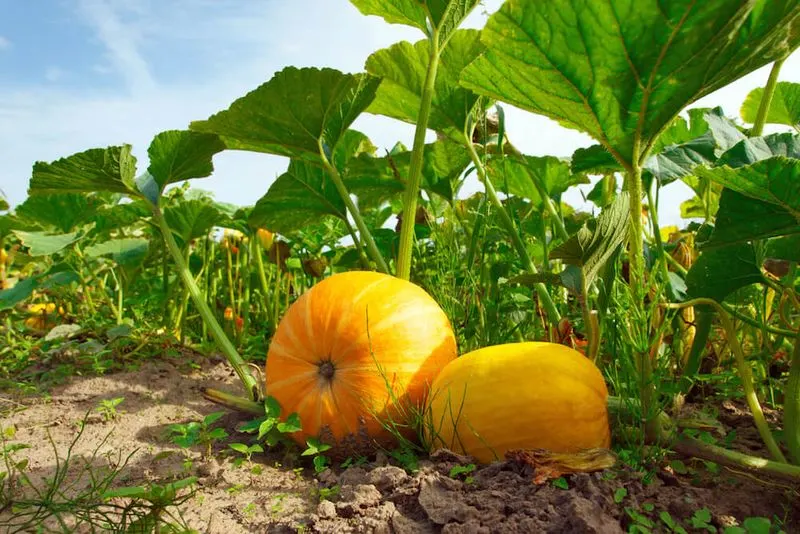
Pumpkins add a festive flair to your garden with their sprawling vines and vibrant fruits. Late spring is perfect for direct sowing, as pumpkins need a long growing season. These plants thrive in full sun with rich, well-drained soil. As they grow, their large leaves create a lush canopy, protecting the developing pumpkins. Regular watering and space for vines to spread ensure a successful harvest. Whether used for cooking or decoration, pumpkins bring charm and utility to your garden, rewarding patience with bountiful results.
Squash
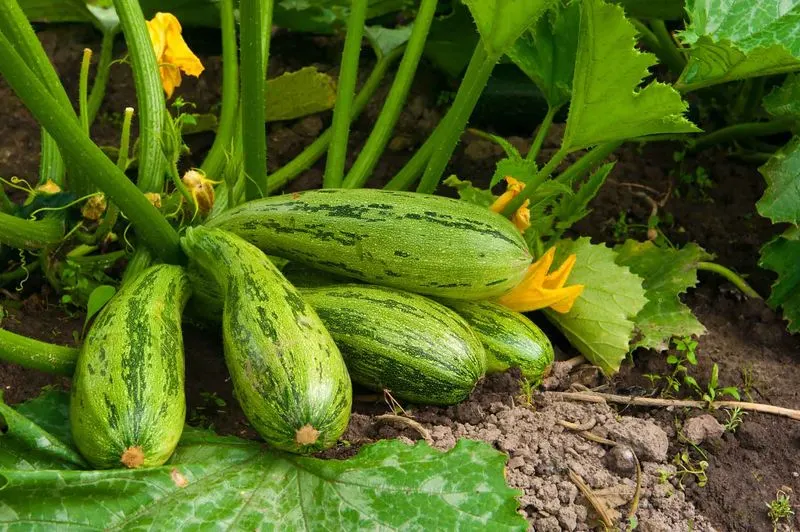
Squash, with its diverse varieties, offers versatility and abundance. Late spring sowing allows these plants to settle and flourish, producing vibrant fruits throughout the summer. Squash requires ample space and sunlight, with regular watering to support its rapid growth. From zucchini to butternut, each type brings its unique flavor and texture to your dishes. Harvest regularly to encourage continued production, and enjoy the nutritional benefits they offer. Their hardiness and yield make squash a fantastic choice for gardeners aiming for a prolific harvest.
Peas
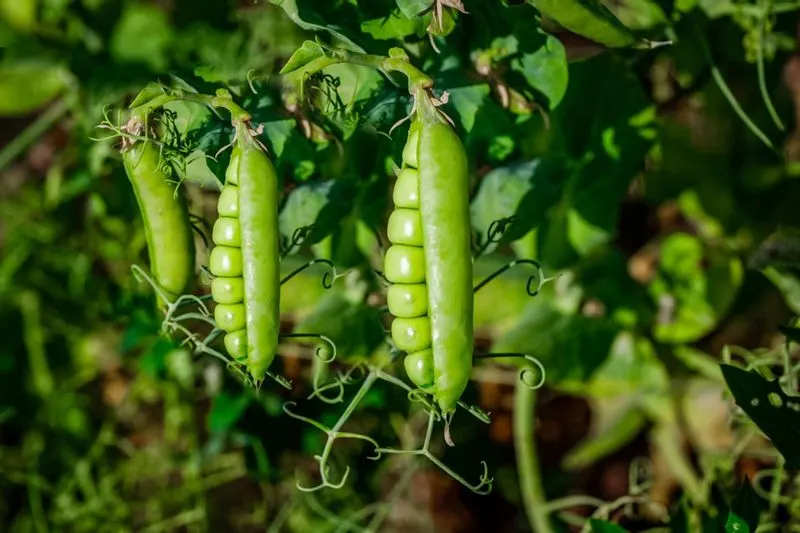
Peas bring a touch of sweetness and a burst of green to your garden. Direct sowing in late spring allows for a quick start, as peas prefer cool weather. These climbing plants need support, such as trellises, to reach their full potential. As tendrils climb, the pods develop, offering a crisp and sweet harvest. Regular picking encourages more pods to grow, providing a steady supply for snacking or cooking. Their charming blooms and lush foliage add beauty and productivity to your space, making peas a delightful addition.
Arugula
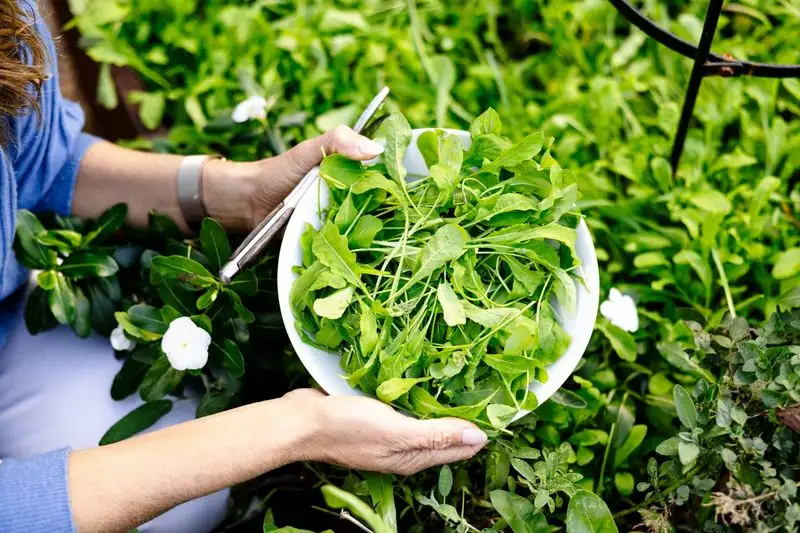
Arugula’s distinctive peppery flavor adds a kick to salads and sandwiches. Late spring sowing ensures a steady supply before summer’s heat. These fast-growing greens thrive in partial shade and well-drained soil. As seedlings emerge, regular watering promotes lush growth, while thinning prevents overcrowding. Arugula’s tender leaves are perfect for fresh eating, offering a spicy contrast to milder greens. Its quick growth and unique taste make it a favorite among gardeners looking for variety and flavor. Harvesting young leaves ensures the best taste and texture.

